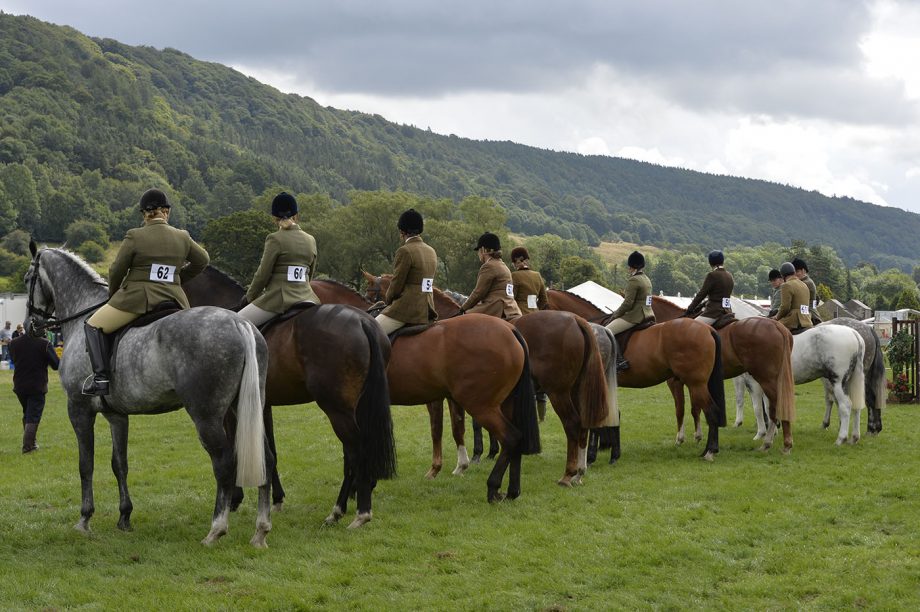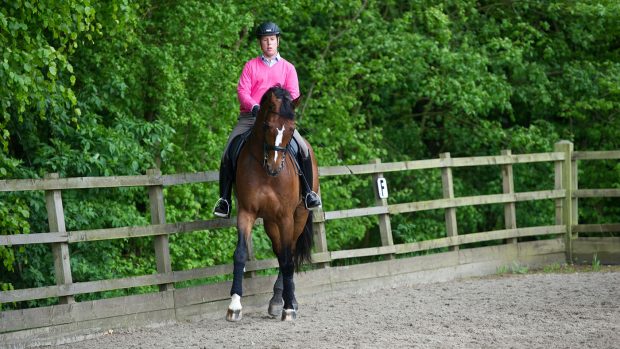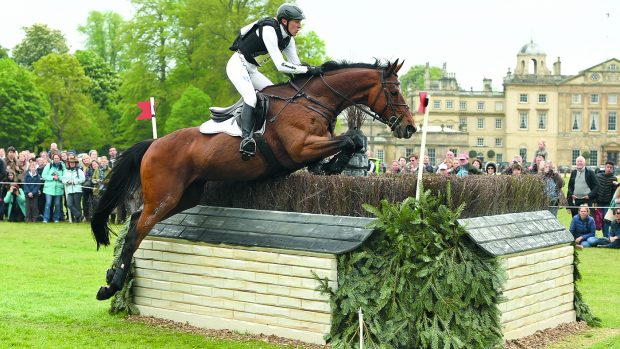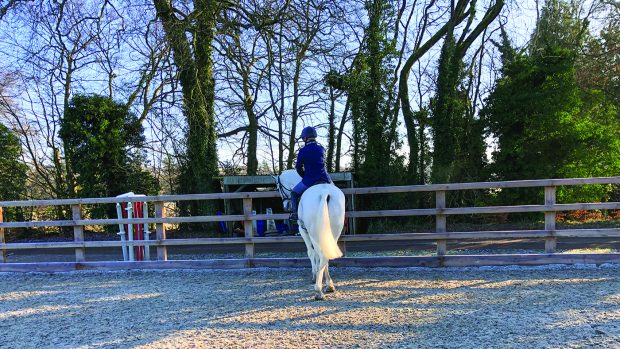If you compete in the show ring or dressage arena, it is essential that you can teach a horse to stand still. Without a secure, tidy halt at the beginning, end and sometimes in the middle of your performance, you can lose valuable marks and miss out on a placing.
But as we encourage our horses to move freely and forward in all paces, encouraging them to stand still can be challenging at the beginning of training and even more so if fidgeting becomes a habit.
Cheshire-based producer Vicky Smith has taken several horses through the ranks and confirms that it’s the work you do at home which will ultimately help your horse stand when at a competition.
“We make our horses stand a lot,” says Vicky. “Firstly, they have to stand when you get on at the mounting block and not walk off as soon as you touch the saddle as this is so important for when the ride judge gets on in the ring.
“When I’m schooling I will often stand in the middle of the school for five minutes while other horses are schooled around me, and I sometimes drink a cup of tea while sat on them.”
Vicky likes to teach a horse to stand still while out hacking.
“It gets them used to confidently and patiently halting in a different environment; if they can’t stop quietly for a few minutes while you chat to your neighbour, they’re probably not going to remain still in the ring,” Vicky adds. “If we’re working with a tricky or young horse we will hack him out with an older, placid horse so they can learn from them. They will usually always mirror the other horse and hopefully pick up their good habits.
“When we’re working with the youngsters we always reward good behavior, too; if we’re mounting for the first few times and the horse stands we will offer him a polo to confirm the good habit.
“It’s also important to make them stand while handling them on the ground.”
Sara Parrott and Craig Elenor produce all types of horses and ponies, and their team includes several mini mounts who are piloted by young riders. Sara confirms that if you’re having trouble making your horse stand still, then you’re certainly not alone.
“A lot of people come for a lesson and I’ll watch the pony fidget while it is tacked up, walk around while they’re trying to get on and then continue not to stand when they’re in the arena,” she says. “The rider asks why the pony won’t stand and it’s because horses don’t know the difference between being asked to stand on the ground and then in the school or ring. They have to stand when needed at all times.”
When Sara begins working with a new pony, routine is implemented from the beginning.
“When we muck out they’re tied up, they stand on the crossties when being groomed and they’re not allowed to barge or nudge us out of our own space,” Sara says. “If you allow a horse to constantly move around it creates grey areas that is confusing for them. You need to look at your own system and see what you can do everyday to reinforce the good habit. If you do this then you’re unlikely to have a problem in the ring. In this game, standing still is so important and it’s hard to get an animal out of the problem once it starts.
“When starting a young horse off, we teach a horse to stand still by halting them on the long lines for a while and won’t progress until then can stand still confidently.
“The breakers are tacked up in the middle of the stable and if they move forward they are stepped back; they need to know about personal space and that they can’t walk into people. As trainers we have a responsibility to teach them good manners so they can go on to find good homes. If we don’t we’re doing them a disservice.
“We had a native pony who had got into the habit of not standing so I’d take him hacking, make a phone call and ask him to stand until he got bored of it. Initially, I’d stand him for short bursts of time, praise him and then let him go home. Eventually, he got out of it with lots of time and positive reinforcement.”
Mini ponies can be particularly difficult to train as they’re being ridden by younger jockeys with less experience.
“Ponies often fidget in the presentation as the riders get tense when the results are called out; it’s the only time I tell our riders that they can fully relax and sit like a sack of potatoes. But ultimately, if a pony won’t stand at home or in the collecting ring, it’s too much to ask the little ones to stand them in the ring.
“Horses spend a lot of their time standing in the stable so they know how to do it, it’s just about training and ensuring you’re doing your bit to create good habits.”
You may also be interested in…

‘Practice makes perfect’: how to impress the judge when showing in-hand

How to impress your dressage judge(s) before you enter the arena…
The time between leaving the dressage warm up and entering the arena shouldn’t be wasted. Four-star event rider Georgie Strang

Allister Hood: 3 ingredients for a trot-up that will impress the judge

Subscribe to Horse & Hound magazine today – and enjoy unlimited website access all year round
Horse & Hound magazine, out every Thursday, is packed with all the latest news and reports, as well as interviews, specials, nostalgia, vet and training advice. Find how you can enjoy the magazine delivered to your door every week, plus options to upgrade your subscription to access our online service that brings you breaking news and reports as well as other benefits.





